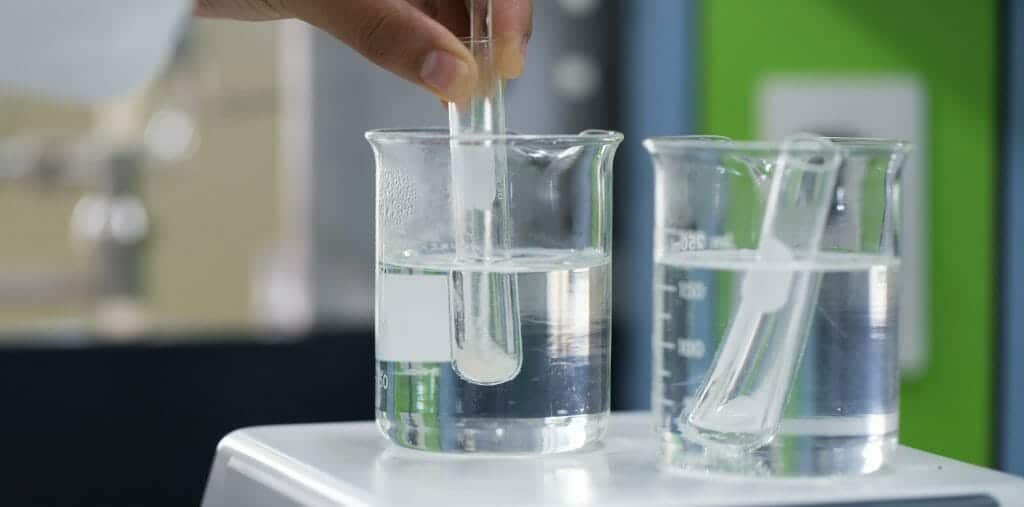Electrolytic antifouling explained
The main fouling organisms (macrofouling) can be inhibited from growing by dosing small quantities of copper into the water. The ionic products formed by the copper anodes are hostile to marine fouling and is carried by the flow of water to settle on surfaces where marine fouling is most likely to adhere.
A variety of antifouling methods have historically been implemented to combat biofouling. Recently, scientists have begun researching antifouling methods inspired by living organisms.
How does electrolytic antifouling work?
The main principle of electrolytic antifouling is to produce copper ions in very small concentrations, which is enough to prevent or reduce the marine organisms (mussel and barnacle larvae) to settle and breed. Instead of adhering to the surface of seachests, strainers, piping or box cooler tubes the mussels and larvaes pass harmlessly through the cooling water system to the point of discharge.

The level of Cu dosing varies to suit location and exposure. For moderate sized seawater systems minimum 2 ppb (2µg/L) Cu concentration should be applied.
You may also read about
Antifouling anodes
The CathFlow® control panel provides impressed current to the antifouling anodes. While in operation, the copper anode produce ions, which are carried away by water flow into the piping system.
The copper anodes are generally installed in combination with aluminium or iron anodes. The iron anode produces ions, which spread over the system and provide an anti corrosive film over the sea water piping system.
The transport of the copper ions is assisted by aluminium hydroxide created by the aluminium anodes which flocculates with the released copper from the copper anodes.
Each antifouling system is custom designed for its application taking into account the following.
You may also see




